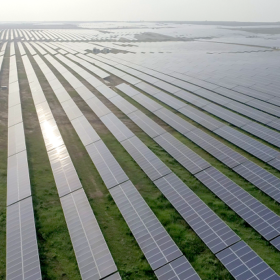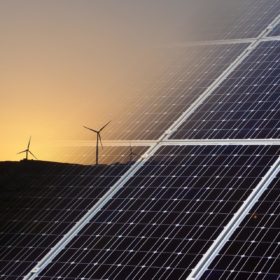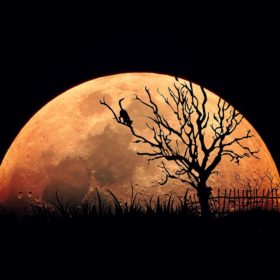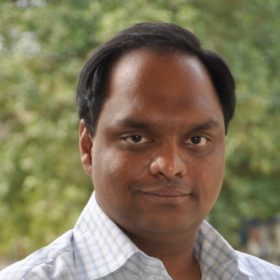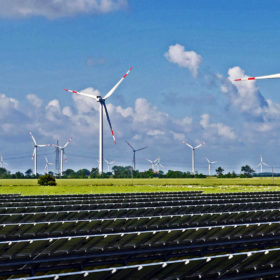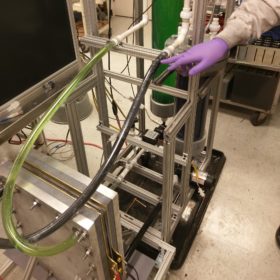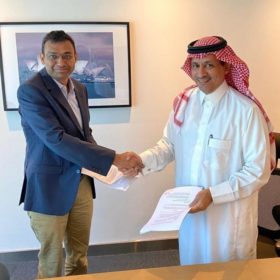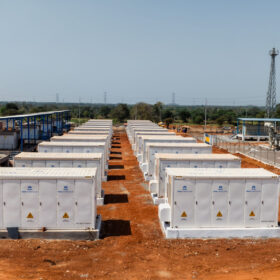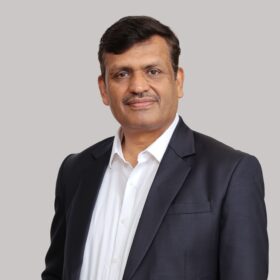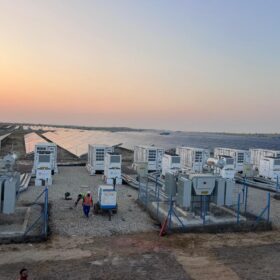Serentica Renewables signs 1.5 GWh storage deal with Greenko
Serentica Renewables will source 1.5 GWh of pumped-hydro storage capacity from Greenko’s upcoming projects in Andhra Pradesh and Madhya Pradesh, to provide firm power to its industrial off-takers.
World’s first utility-scale, rock-based storage facility goes online in Italy
Enel is testing a 24 MWh thermal energy storage system that could be used for seasonal renewables storage. The facility uses rocks that store excess energy as heat, then releases that heat to generate steam for electricity.
India needs $300 billion to meet 2030 target of 500 GW non-fossil energy capacity
A new report by Arthur D. Little presents an integrated blueprint for India to achieve its true potential in the power sector with a focus on renewables.
Karnataka attracts massive investments in wind-solar hybrids
Ayana Renewable Power, Azure Power, EDF Renewables India, Sterlite Power, Torrent Power, and Vena Energy have committed investments in wind-solar hybrid projects in the state.
Acme to invest $6.3 billion in green hydrogen, ammonia project in Karnataka
The renewables developer will build a 1.2 mtpa green hydrogen and green ammonia project with integrated RE generation capacity in the state.
Uninterrupted PV generation without storage
An Israeli scientist has proposed a way to achieve uninterrupted PV power on the moon without using energy storage. The proposal involves the installation of PV panels around a 360-degree latitudinal ring close to one of the moon’s poles. There would be no inter-array shading, and static vertical PV arrays and arrays mounted on single-axis vertical trackers could be viable mounting structures.
Attero to invest $72.4 million in setting up ‘world’s most advanced’ Li-ion battery recycling plant in Telangana
The company already has a state-of-the-art lithium battery recycling plant in Roorkee, Uttarakhand, with a recovery efficiency of more than 98% across various battery materials. It said the new plant in Telangana will increase its Li-ion battery recycling capacity to 19,500 MT by the end of 2023 from the current 4,500 MT.
ABC Cleantech to invest $6 billion in setting up green hydrogen, ammonia facility in Karnataka
ABC Cleantech, a part of Axis Energy Group, will invest around $6 billion (INR 50,000 crore) to build a green hydrogen and ammonia plant, integrated with 5 GW of renewable energy capacity, in the Indian state of Karnataka.
Novel redox flow battery paves way for low-cost storage
US researchers have facilitated the decoupling of power from energy design by incorporating a conducting carbon slurry in the negative electrolyte of an all-iron flow battery. In a new study, they describe the design considerations for slurry iron redox flow battery scalability.
Tdafoq Energy partners India’s Delectrik Systems for GWh-scale vanadium flow battery plant in Saudi Arabia
Tdafoq Energy will use Delectrik Systems’ technology to manufacture vanadium redox flow batteries in Saudi Arabia. Construction has already started on a manufacturing facility in Saudi Arabia, which will be scaled to a GWh capacity by 2025.


